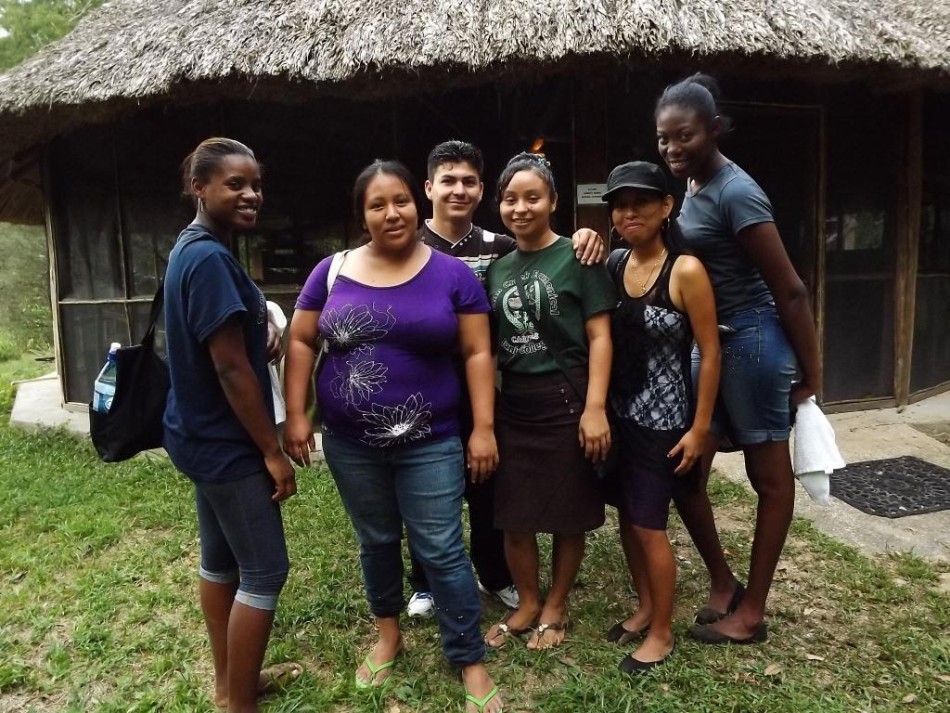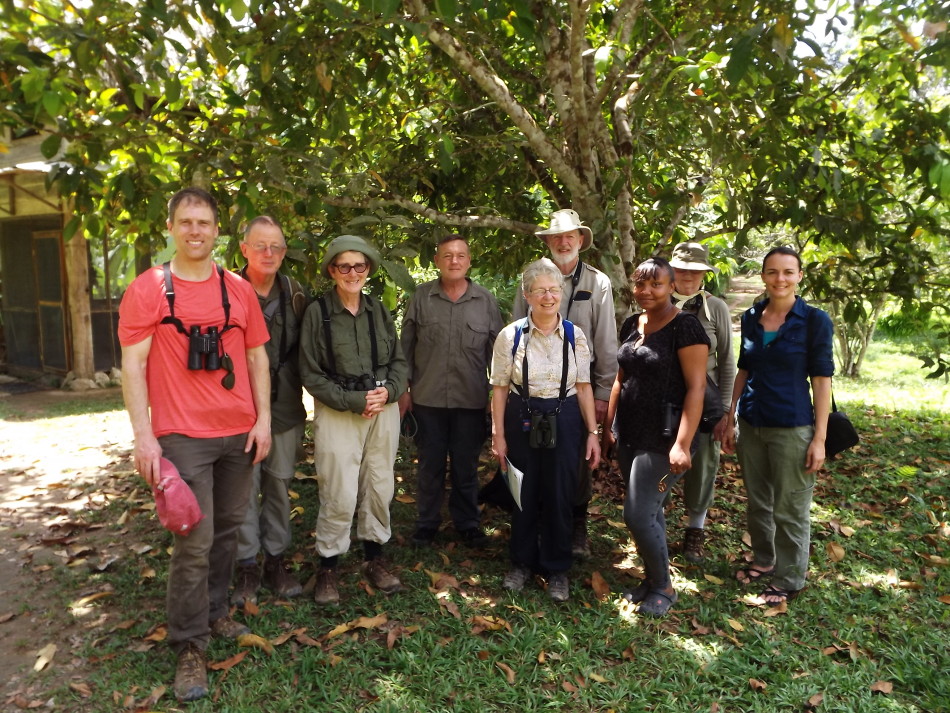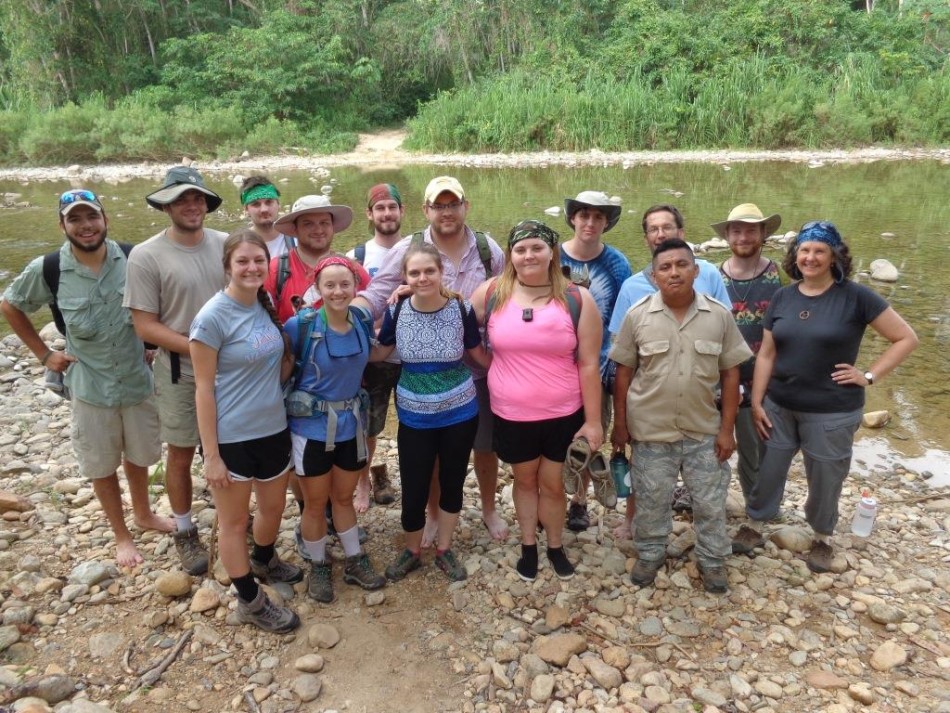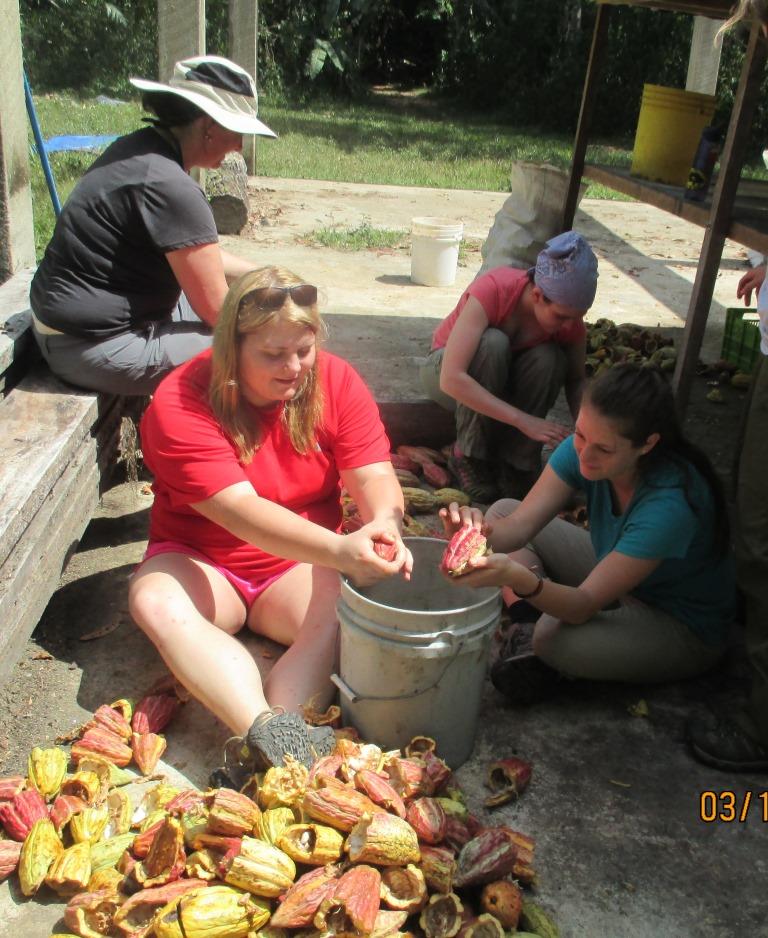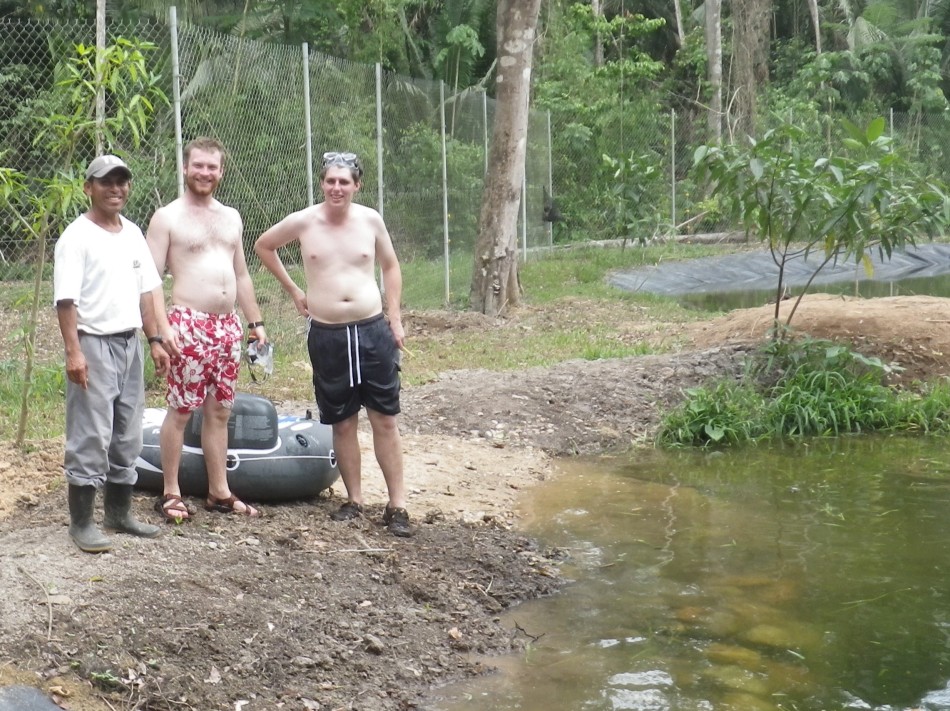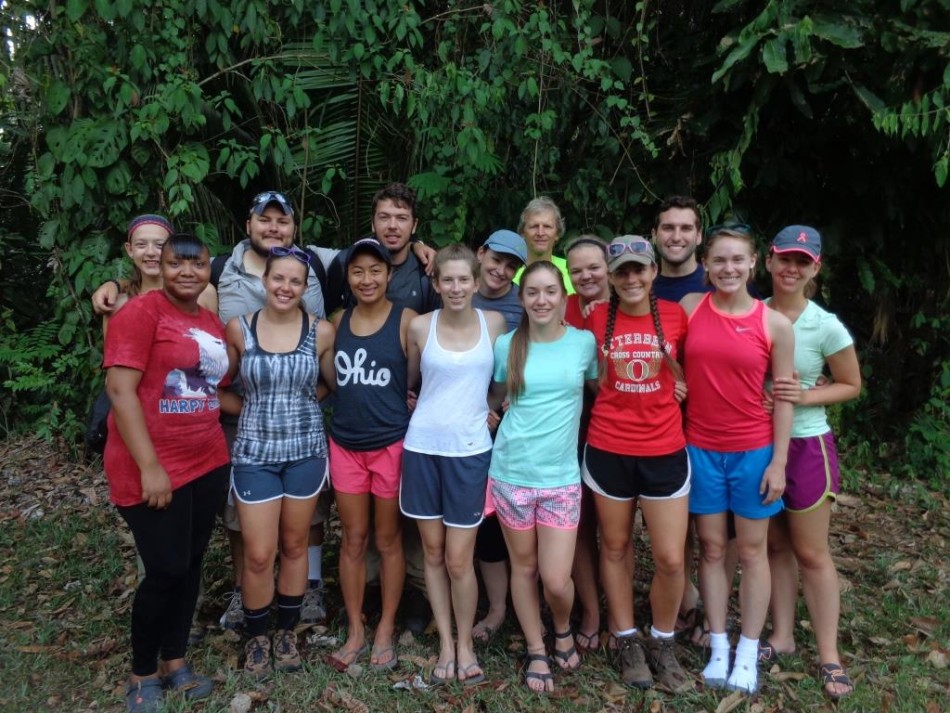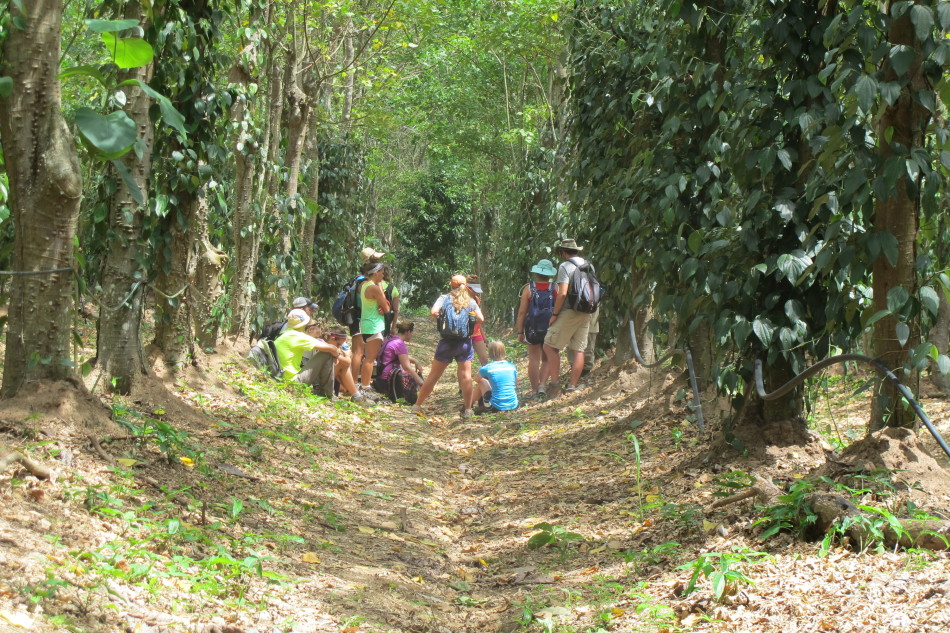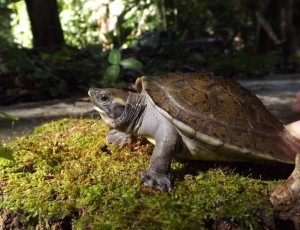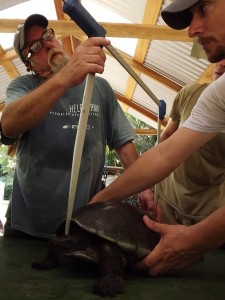Dr. Rotenberg presents Bird Research at Canadian Conference
This July, Dr. James Rotenberg of University of North Carolina, Wilmington presented his research at The Association of Field Ornithologists, the Society of Canadian Ornithologists / Société des ornithologistes du Canada, and the Wilson Ornithological Society joint annual meetings at Acadia University in Wolfville, Nova Scotia, Canada. His presentation “Passive point counts of wintering Neotropical migratory songbirds in Belize yield high abundance and low availability – What does this mean for conservation?,” was co-authored by Evan M. Adams, Biodiversity Research Institute, Portland, Maine. Rotenberg and Olson plan to publish this research in the near future.
Abstract:
In the non-breeding season, birds are often less vocal and territoriality can often be non-existent. Less is known about songbirds during the winter because of the lack of a consistent and reliable population monitoring effort during this life stage. To understand how effective survey techniques designed primarily for breeding ground use at the non-breeding grounds, we used two years of passive point count monitoring data to determine the number of Wood Thrush (Hylocichla mustelina) in southern Belize. Using package ‘unmarked’ in the R Statistical Computing Environment, we used a removal model to estimate the abundance (superpopulation), availability and detectability of Wood Thrushes. Habitat data at different scales (50m, 1000m, 5000m and 25000m) were used to explore the scale at which bird abundance was correlated with habitat. Using an AIC model selection, we found that birds mostly responded to habitat at the 50m scale with birds negatively correlated with alluvial evergreen habitat (-0.71) and positively correlated with riparian shrubland (0.67) thus suggesting that Wood Thrush winter in greater abundance at sites with alluvial evergreen cover at a small spatial scale. We also found that availability was low for this species, which caused our estimates of abundance to be high. Still, Wood Thrush was the most common species at three of our sites, and separate banding data show that birds were not recaptured between locations of between 2-5km distance. Taken together, these data suggest that Wood Thrush maybe highly mobile during the wintering period with strong intra- and inter-seasonal variation in abundance. For the non-breeding grounds, passive point counts designed for territorial species are mismatched to use with such mobile populations. From a conservation perspective, these results suggest that large tracts of land could be even more valuable than we have previously realized due to the spatial requirements of non-breeding migratory songbirds.


